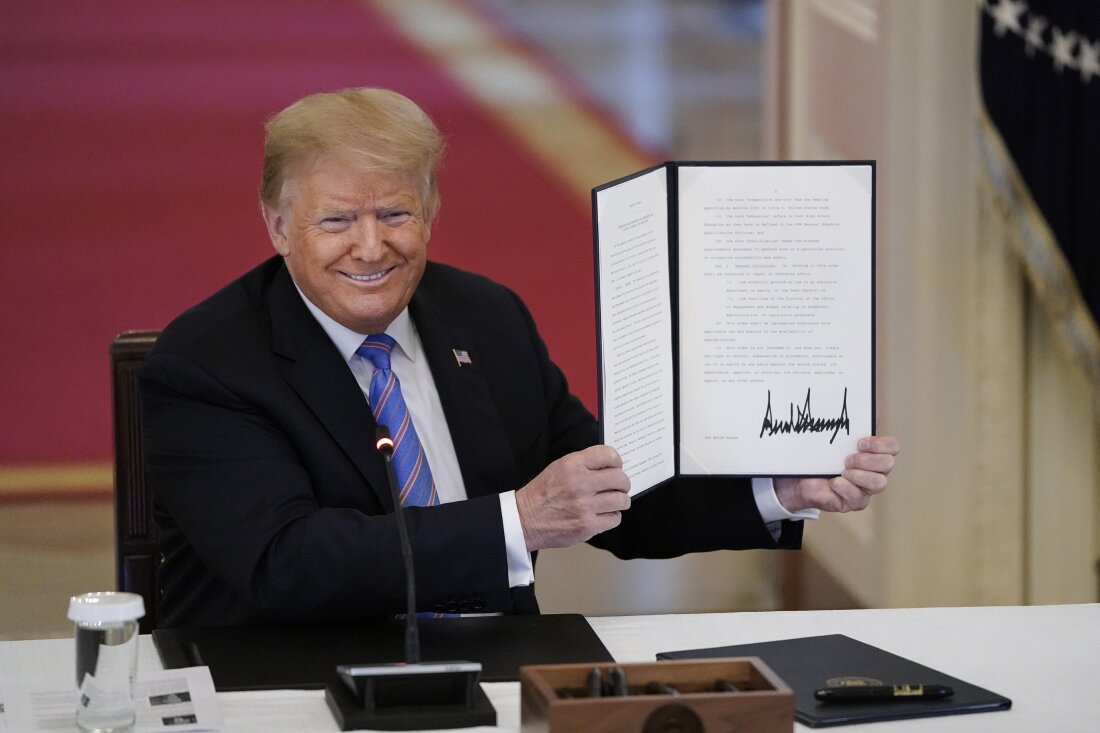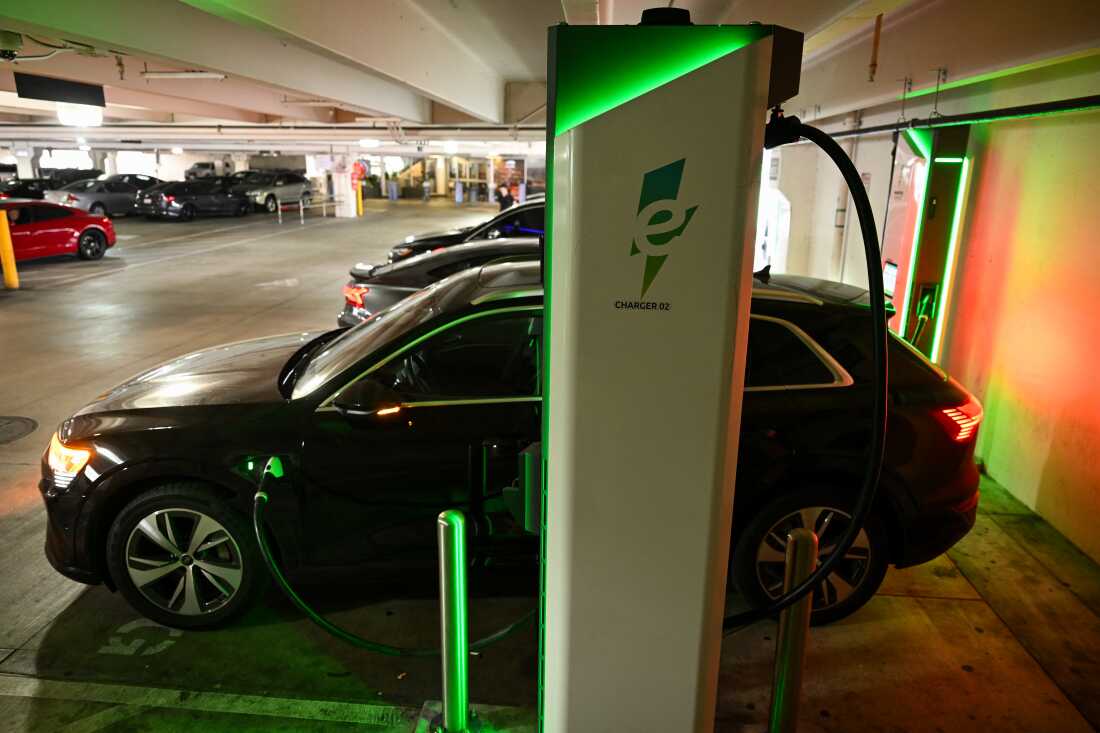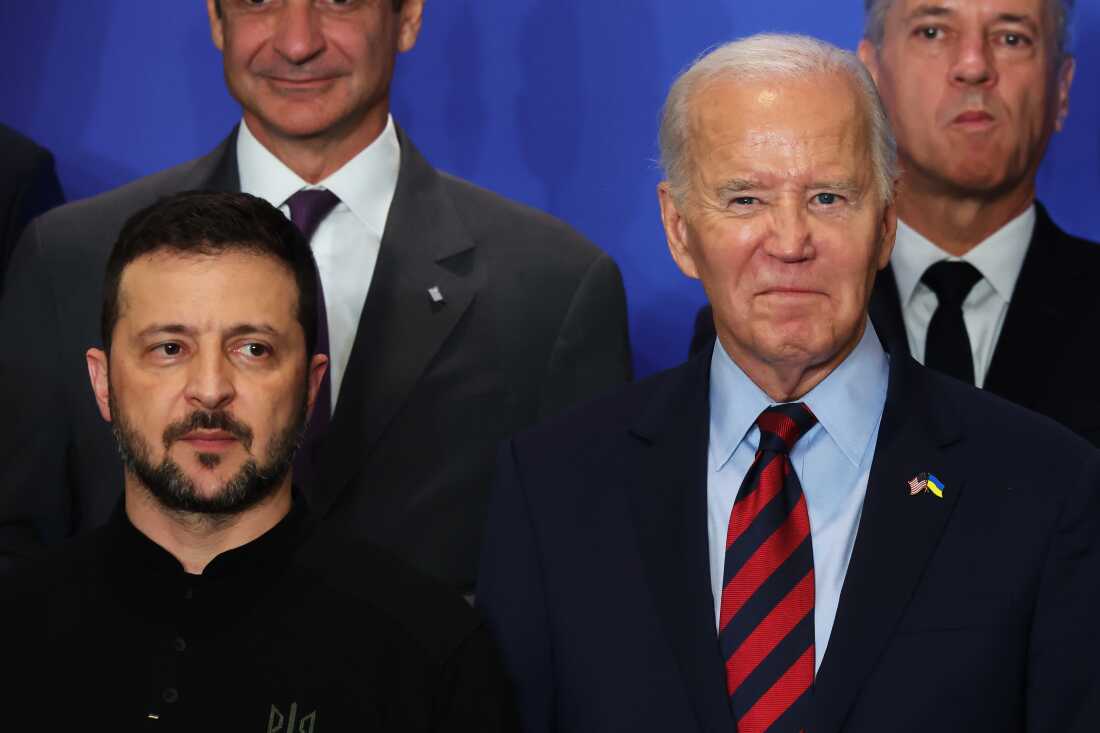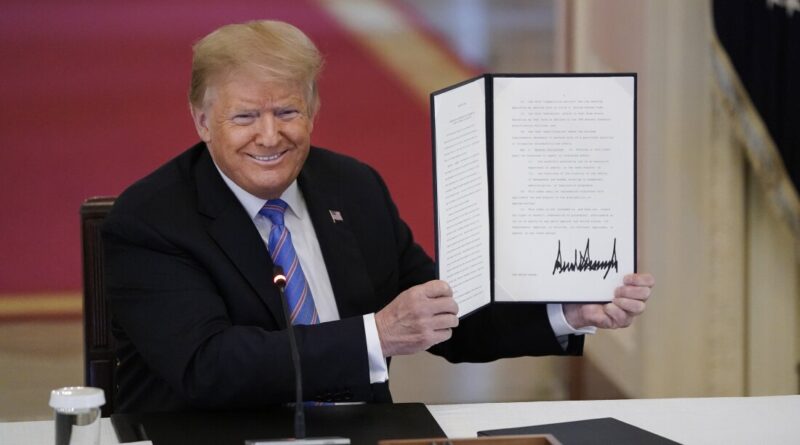Trump won. Here are the top 3 Biden candidates under review

Then President Donald Trump signed an executive order related to changing the federal hiring process on June 26, 2020.
Drew Angerer/Getty Images
hide description
toggle caption
Drew Angerer/Getty Images
President-elect Donald Trump said during his campaign that he wanted to roll back several policies promoted by his predecessor in the White House.
Before the election, the Biden White House tried to “proof Trump” some of its priorities. Here is a look at three of them.
To protect the public service

Trump has long railed against what he calls the “deep state” — opposition to his plans from within the public service.
In the final weeks of his first term, Trump issued an executive order to create a new category of government employees known as Schedule F who would be exempt from the United States public service program. The Biden administration saw this as a clear attempt to politicize and eliminate traditional non-union workers.
President Biden rescinded the order in his first week in office. The Office of Personnel Management – the state’s human resources agency – issued a final rule in April to strengthen job security and make it more difficult to replace state workers on emotional grounds.
OPM Director Kiran Ahuja said the new law will help “ensure that people are hired and fired based on merit and that they can do their jobs based on their skills and not their political allegiances.”
An OPM official who spoke on condition of anonymity before the November election told NPR that they believe the current law is “very strong” and that any attempt to repeal it would have to go through a series of steps. many.

Once a law is on the books, it can’t be changed simply by executive order, so the new Trump administration would have to issue new legislation — a long and arduous regulatory process that could take months or years. .
“They’re going to have to put it up for public comment, and then they’re going to have to issue a final rule that hasn’t been reviewed, because it’s going to be challenged,” said Howard Shelanski, who was head of the federal Office of Information. and Regulatory Affairs in the Obama administration.
“I actually think it’s going to take luck for the Trump administration to repeal that law and confirm that to the court during the one term that he’s going to have,” Shelanski said. “But it’s definitely possible.”

An electric car charges at the Electrify America public charger that runs the current race in Los Angeles on May 16.
Patrick T. Fallon/AFP
hide description
toggle caption
Patrick T. Fallon/AFP
Climate measures in the Affordable Care Act
Trump has threatened to repeal the Affordable Care Act, a key climate law passed by Democrats in 2022 that contains the largest federal clean energy investment in American history.

The law includes more than $300 billion in spending to reduce greenhouse gas emissions and spur investment in clean energy. As part of that package, it offers tax breaks for consumers and subsidies for manufacturing.
House Speaker Mike Johnson has already talked about trying to repeal parts of the law.
Particularly vulnerable are tax credits for people who want to buy electric cars and incentives to build charging stations.

“Trump is incredibly passionate about these two policies,” said Josh Freed, senior climate and energy fellow at the left-leaning Third Way think tank.
“And there’s a big tax bill that’s going to be negotiated in 2025 that will give the Trump administration a way to do that,” Freed said in an interview.
But the Biden administration believes the Tax Cuts Act has spurred investment in manufacturing projects in a large number of Republican congressional districts — and influential private companies have already built tax credits into their projects. business. That would make rollbacks politically unpopular, a senior administration official told NPR, speaking on condition of anonymity to speak out ahead of the election.
A group of House Republicans highlighted these points in a letter to Johnson, the House speaker, several months ago. “Prematurely canceling tax credits, especially those that were used to justify investment that has already fallen, could undermine private investment and halt development that is already underway,” they wrote. first.”

Ukrainian President Volodymyr Zelenskyy and President Biden met with world leaders on September 25 on the sidelines of the United Nations.
Michael M. Santiago/Getty Images
hide description
toggle caption
Michael M. Santiago/Getty Images
Military and economic support for Ukraine
After Russia invaded Ukraine in February 2022, the White House rushed to help Ukraine. Biden has repeatedly said that US support for Ukraine will not waver.

Congress approved more than $112 billion to support Ukraine that year. But when that money ran out, Biden had to fight for months to get another package of 61 billion dollars over the wire as the Republicans refused.
Trump, who has long campaigned on an ideology of American isolationism, has criticized much of this funding. He did not say outright that he would cut all aid, but he called for an end to the war and suggested that there would be changes when he took office.
A few months ago, knowing that the election could cause uncertainty about support for Ukraine, the Biden White House took a series of steps.
This summer, NATO took a major role in coordinating military support and training for Ukraine – an effort previously led by the United States. Then, in September, Biden announced that he will make sure that all the remaining funds for Ukraine will be distributed at the end of his term, leaving no money for the discretion of the next president. And a month later, the G7 announced a new plan to provide more support for Ukraine – a loan of $ 50 billion. The United States plans to provide 20 billion dollars of that total, to get foreign money starting in December, before Inauguration Day.
The loan would be repaid with interest earned on frozen Russian private assets. “In other words,” said Biden, “Ukraine can get the help it needs now, without burdening the taxpayers.”
The situation on the battlefield is also likely to look different by the time Trump takes the oath of office, said Elizabeth Hoffman of the Center for International Policy Studies.
“The big question in my mind is: Will the Biden administration, before they go, authorize any kind of serious attacks on Russia? That would make a difference, too,” Hoffman said.
#Trump #won #top #Biden #candidates #review
